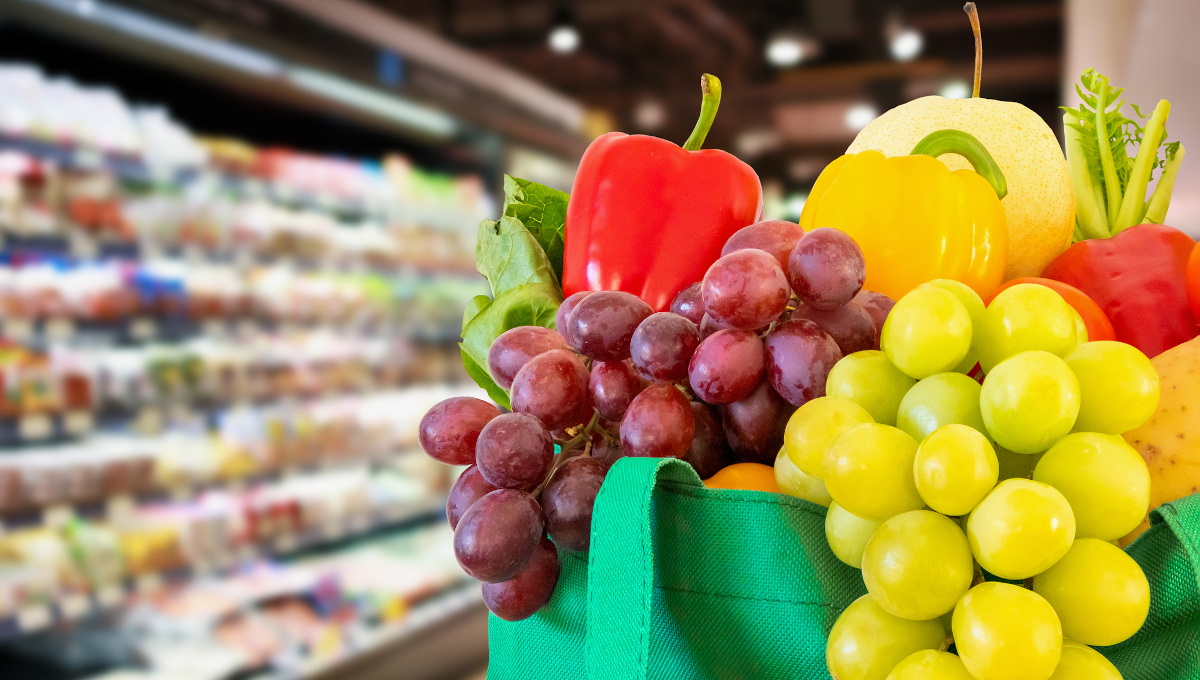This year’s Dirty Dozen list from the Environmental Working Group opens with a statement about COVID-19 and food safety, encouraging consumers to continue to eat fresh fruits and vegetables during the pandemic.
Officials with the non-profit organization also say certain leafy greens, including kale and spinach, are among the fresh produce commodities most contaminated with pesticides. First-timers on the list include collard greens, mustard greens, bell peppers, and hot peppers. Strawberries are in the No. 1 spot on the list, which was released on March 17. The Environmental Working Group’s data analysis is not peer-reviewed.

Despite the results of the organization’s analysis of pesticide data from the U.S. Department of Agriculture, the importance of eating fresh produce continues to be a top agenda item for the Environmental Working Group (EWG). The group also published its “Clean Fifteen” list on St. Patrick’s Day. Along with the “Dirty Dozen,” it is the basis for the annual “Shoppers Guide” from the EWG.
The two lists are based on USDA’s pesticide analyses, which EWG says “are not comprehensive.” The government agency rotates which fruits and vegetables it tests each year, and it doesn’t test for all pesticides. Still, the EWG says, overall the best diets include fresh produce.
“Whether organic or conventionally grown, fruits and vegetables are critical components of a healthy diet,” said EWG toxicologist Thomas Galligan. “We urge consumers who are concerned about their pesticide intake to consider, when possible, purchasing organically grown versions of the foods on EWG’s Dirty Dozen, or conventional produce from our Clean Fifteen.”
The group’s 2021 “Shopper’s Guide to Pesticides in Produce” ranks the pesticide contamination of 46 fruits and vegetables. It is based on results of USDA and Food and Drug Administration tests of more than 46,000 samples of produce.
“This year, the USDA’s tests found residues of potentially harmful chemical pesticides on nearly 70 percent of the non-organic fresh produce sold in the U.S. Before testing fruits and vegetables, the USDA washes, scrubs and peels them, as consumers would, according to the EWG.
Nearly 99 percent of the products sampled through the USDA’s Pesticide Data Program had residues below EPA tolerances, according to the agency’s 29th annual report issued in October 2020. Ultimately, if the U.S. Environmental Protection Agency (EPA) determines a pesticide is not safe for human consumption, it is removed from the market, according to the USDA report.
The key to the difference in the percentages reported by the EWG and the USDA is that the government only includes samples that test positive for levels of pesticides that exceed federal limits. The EWG numbers include positive tests for samples with lower levels as well.
Both the USDA and the EWG have said the coronavirus pandemic shouldn’t influence consumers’ decisions about eating fresh fruits and vegetables. “There is no evidence that people can be exposed to COVID-19 through food,” according to the EWG’s officials.
There is, however, a danger to human health, the EWG’s announcement says, because of pesticide residues — even if they are within EPA tolerances.
“EPA’s tolerances are often far higher than what many scientists believe is safe – particularly for pregnant women, babies, and young children,” said EWG President Ken Cook. “EWG releases our Shopper’s Guide each year so consumers can make informed decisions that will let them reduce their family’s exposure to toxic pesticides while allowing them to eat plenty of healthy fruits and vegetables.”
Fresh produce commodities that deserve extra caution from consumers include leafy greens, peppers, and citrus fruit. Citrus didn’t make the Dirty Dozen list, though. The EWG focused on the commodities as follows.
Leafy greens
A total of 94 different pesticides were found on leafy greens, including neonicotinoids, or neonics. One sample of mustard greens had 20 different pesticides, and some kale and collard samples had as many as 17. Spinach came in second overall on the Dirty Dozen list.
On kale, mustard greens, and collard greens, the pesticide most frequently detected by the USDA was DCPA, sold under the brand name Dacthal. The Environmental Protection Agency classifies DCPA as a possible human carcinogen, and the European Union banned it in 2009.
Neonics are the fastest-growing class of insecticides, despite a decade of research making it clear that they are highly toxic to honeybees and other pollinator species. Some studies on human health also suggest that exposure to neonics may be harmful to the developing fetus and to children.
Peppers
Bell peppers and hot peppers, tested for the first time since 2012 and 2011, respectively, are included in this year’s list at No. 10. The USDA found 115 pesticides on peppers — the most, by far, on any item.
Bell peppers and hot peppers contain concerning levels of acephate and chlorpyrifos, respectively, which are organophosphate insecticides that can harm children’s developing brains and are banned from use on some crops in the United States and from all uses in the European Union.
Citrus
Although no citrus fruits landed on the Dirty Dozen, this year’s Shopper’s Guide highlights the concerning levels of toxic pesticides found on these fruits, not only in USDA tests but also in independent laboratory tests commissioned by EWG.
Imazalil, a fungicide linked to cancer and hormone disruption, was detected on more than 95 percent of tangerines tested by the USDA in 2019. In independent tests commissioned by EWG, nearly 90 percent of all the oranges, mandarins, grapefruit, and lemons sampled contained either imazalil or thiabendazole, another endocrine-disrupting fungicide. More than half the samples had both. Almost all of the tests were conducted on conventionally grown fruit.
About the EWG: The Environmental Working Group is a nonprofit, non-partisan organization that empowers people to live healthier lives in a healthier environment, according to the group’s website. Through research, advocacy, and unique education tools, EWG drives consumer choice and civic action. Visit www.ewg.org for more information.
(To sign up for a free subscription to Food Safety News, click here.)
—

